Increased production can create jobs and improve availability of safe, sustainable food
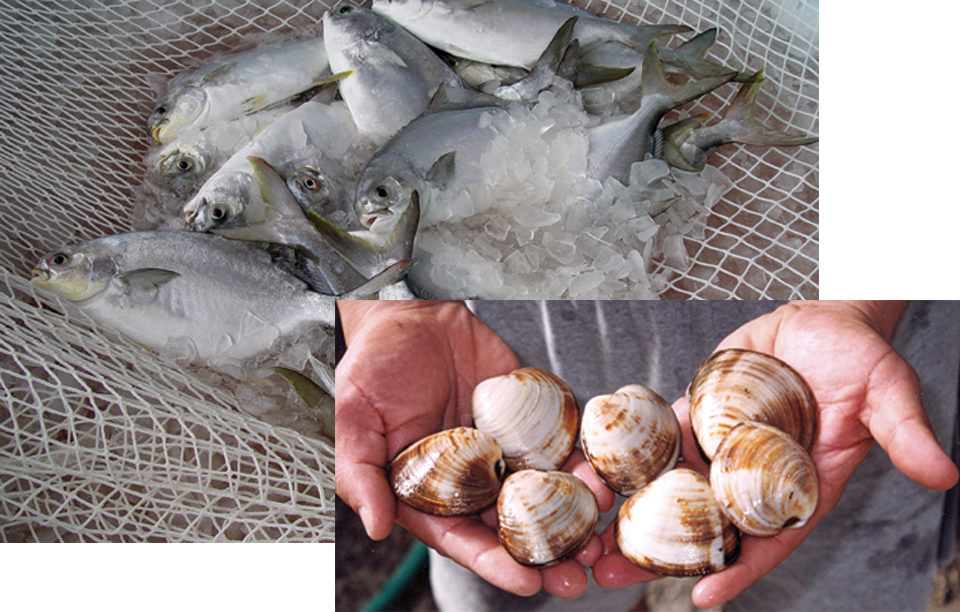
The United States Department of Commerce (DOC) and National Oceanic and Atmospheric Administration (NOAA) have recently released long-awaited policies intended to facilitate the development of sustainable marine aquaculture in the United States, restore natural resources, and enhance commercial and recreational fisheries. Following on these policies, NOAA announced three new initiatives to support increased shellfish production, coordinated management of fisheries and aquaculture in the Gulf of Mexico and improved transfer of aquaculture technology.
At the outset, NOAA Administrator Dr. Jane Lubchenco said, “We will develop a national policy that focuses on the protection of ocean resources and marine ecosystems, addresses the fisheries management issues posed by aquaculture and allows American aquaculture to proceed in a sustainable way.”
Increased domestic aquaculture production will result in much-needed locally produced seafood, jobs in coastal communities and support for a range of seafood-related businesses. Equally important, aquaculture increases the opportunity for people to realize seafood’s health benefits, as recommended in the 2010 Dietary Guidelines issued by the U.S. Departments of Health and Human Services and Agriculture, which suggest that Americans should eat seafood twice a week.
Aquaculture policies not new
The creation of aquaculture policies is nothing new. The U.S. Congress, through the Aquaculture Act of 1980 and its subsequent reauthorization, asserted that aquaculture is in the national interest and directed federal agencies to work together to develop U.S. aquaculture.
To improve the regulatory climate and foster industry growth, national aquaculture policies were adopted by both NOAA and the Department of Commerce in 1998 and 1999, respectively. At that time, primary goals were set to increase production 10 percent/year, reduce the seafood trade deficit and increase production value from U.S. $1 billion to $5 billion by 2025.
Slow growth
Unfortunately, the annual growth rate of the U.S. aquaculture industry has lagged behind this projection. In the 10 years since the policies were adopted, the average annual growth rate of domestic aquaculture was 1.9 percent. The seafood trade deficit has risen to U.S. $10 billion, while production value still hovers around $1 billion/year.
There are a number of reasons for this relatively slow growth in aquaculture. They include a complicated and uncertain regulatory process that leads to difficulties in obtaining permits, competing uses for coastal and marine waters (especially real estate development), perceived environmental impacts and resulting public opposition, multiple layers of government oversight, lower-priced products from There are a number of reasons for this relatively slow growth in aquaculture. They include a complicated and uncertain regulatory process that leads to difficulties in obtaining permits, competing uses for coastal and marine waters (especially real estate development), perceived environmental impacts and resulting public opposition, multiple layers of government oversight, lower-priced products from overseas and the economic risks associated with starting new business.
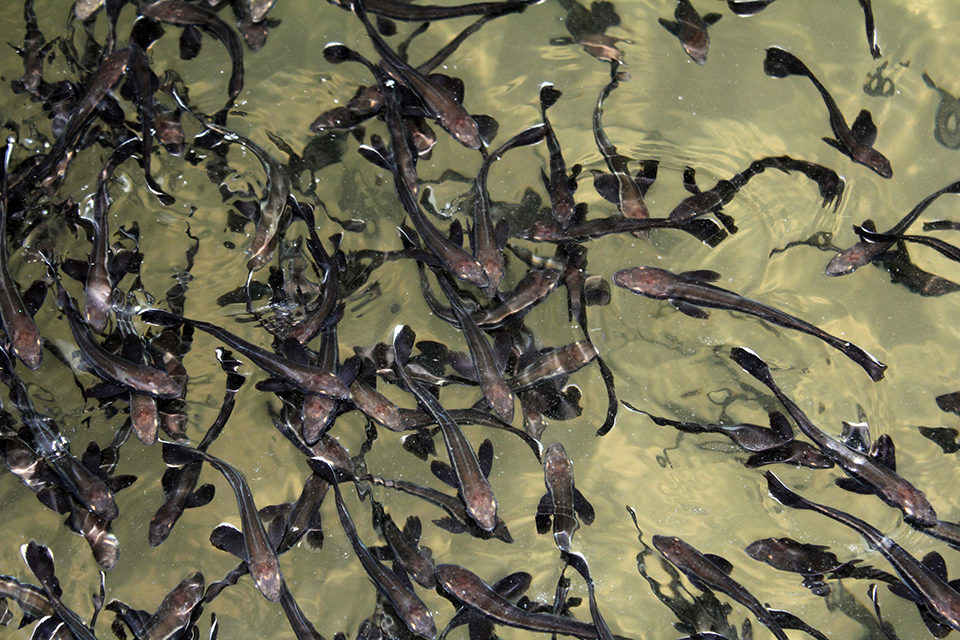
Moving agenda forward
Working closely with the National Sea Grant Program and many partners both within and outside government, the NOAA Aquaculture Office has taken significant steps to move forward an aquaculture agenda. Over the years, the agency has provided science information on environmental effects for use in permit decisions, grant support for innovative approaches to marine aquaculture and spatial planning that includes aquaculture as an ocean-dependent use.
The office also worked with other federal agencies on a National Aquatic Animal Health Plan and an NOAA-USDA Alternative Feeds Initiative that evaluates potential replacements for fishmeal in aquaculture diets. Areas of research supported by grants include environmental impacts and monitoring, recirculating aquaculture systems, shellfish-rearing techniques, alternative feeds, new species research and offshore aquaculture.
New policies
The NOAA aquaculture team has provided needed momentum to the program and contributed to the creation of the new aquaculture initiatives released by the DOC and NOAA in June. The DOC policy acknowledged the potential for U.S. aquaculture to “make major contributions to the local, regional and national economies by providing employment and diverse business opportunities from coastal communities to the agricultural heartland.”
NOAA’s policy reflected its broad oceans mandate by reaffirming that “aquaculture is an important component of NOAA’s efforts to maintain healthy and productive marine and coastal ecosystems, protect special marine areas, rebuild overfished wild stocks, restore populations of endangered species, restore and conserve marine and coastal habitat, balance competing uses of the marine environment, create employment and business opportunities in coastal communities, and enable the production of safe and sustainable seafood.”
New initiatives
One of the initiatives announced with the release of the new aquaculture policies is a National Shellfish Initiative designed to increase shellfish aquaculture for commercial production and ecosystem restoration. This initiative is a collaboration among NOAA and shellfish industry associations, restoration NGOs, state and federal agencies, and scientists.
It is focused on five areas: enhancing shellfish restoration and farming opportunities, looking at interactions between shellfish and the environment, engaging in marine spatial planning to support project siting, improving coordination to facilitate timely permitting and seeking innovative financing and value for ecosystem services.
NOAA also announced that the agency would implement the Gulf of Mexico Fishery Management Plan for Aquaculture. When fully implemented, this initiative will enable the National Marine Fisheries Service to issue permits for the culture of certain finfish in federal waters in the Gulf of Mexico.
The plan includes application and operational requirements that ensure aquaculture in the gulf will be compatible with ecosystem health and other uses of the marine environment. Permit applicants will still need requisite federal permits, such as those from the U.S. Army Corps of Engineers for a structure and from the Environmental Protection Agency for waste discharge.
Most recently, Lubchenco announced the Aquaculture Technology Transfer Initiative, which focuses on public-private partnerships that will engage in regional pilot projects that show a credible potential to create “blue green” jobs, include environmental monitoring and rely on the best available science.
Outlook
Collectively, the aquaculuture policies and initiatives bring renewed federal attention to the effort to expand domestic aquaculture for food production, habitat restoration and support of commercial fisheries. Through broad collaboration among federal agencies and other stakeholders, increased aquaculture can serve many needs for the United States, including creating jobs and economic opportunities, as well as increasing the availability of safe and sustainable seafood.
(Editor’s Note: This article was originally published in the November/December 2011 print edition of the Global Aquaculture Advocate.)
Authors
-
Paul G. Olin, Ph.D.
University of California
Cooperative Extension, Sea Grant Extension Program
133 Aviation Boulevard, Suite 109
Santa Rosa, California 95403 USA -
Pamela D. Tom
Director, Seafood Network Information Center
University of California
Food Science and Technology Department
Davis, California, USA
Tagged With
Related Posts
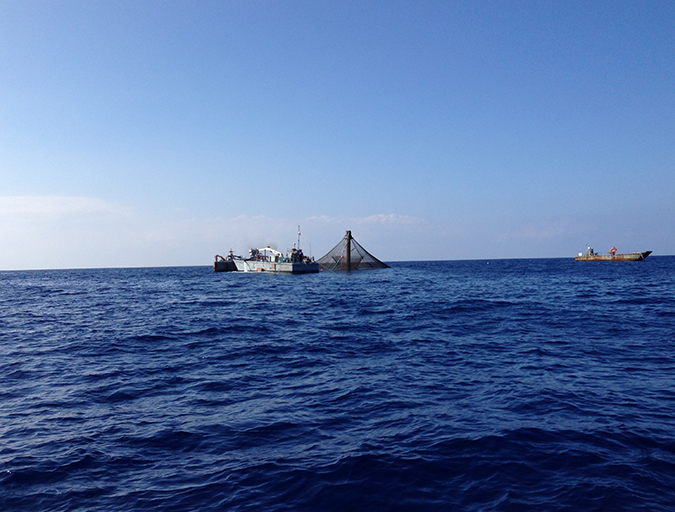
Intelligence
‘Spatiotemporal patterns’ indicate improving perceptions of aquaculture
A study led by University of California Santa Barbara researchers has found that public sentiment toward aquaculture improves over time, a potentially important development with growing interest in offshore aquaculture.
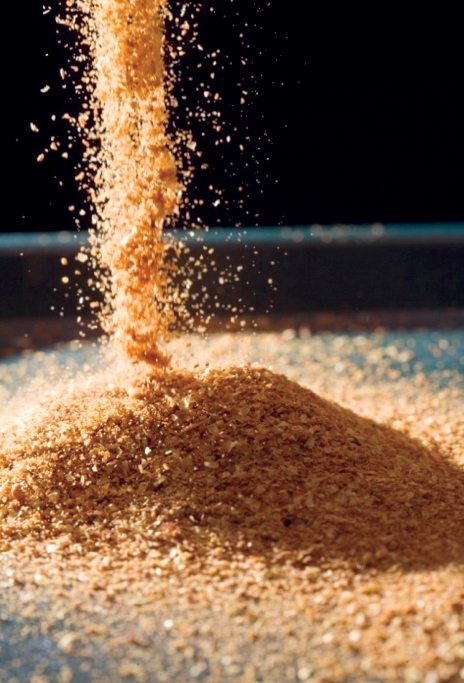
Aquafeeds
A look at corn distillers dried grains with solubles
Corn distillers dried grains with solubles are an economical source of energy, protein and digestible phosphorus to reduce feed costs and fishmeal usage.
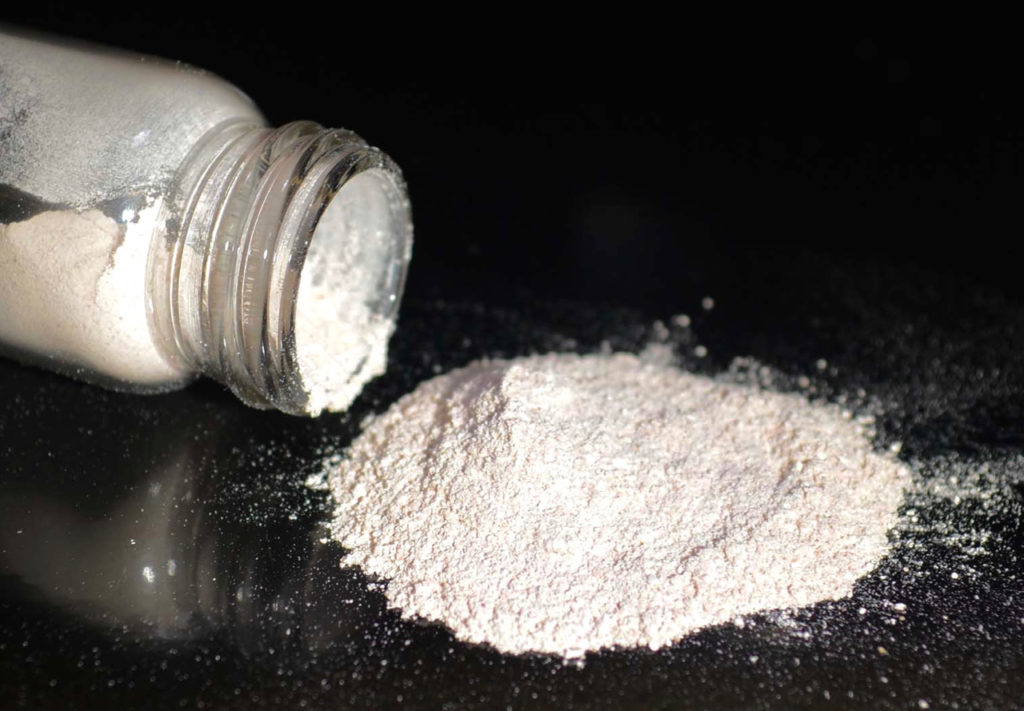
Aquafeeds
A new nutrient for aquaculture, from microbes that consume carbon waste
Biotechnology firm NovoNutrients aims to produce a line of nutraceutical aquafeed additives as well as a bulk feed ingredient that can supplement fishmeal. Its process includes feeding carbon dioxide from industrial gas to a “microbial consortium” starring hydrogen-oxidizing bacteria.
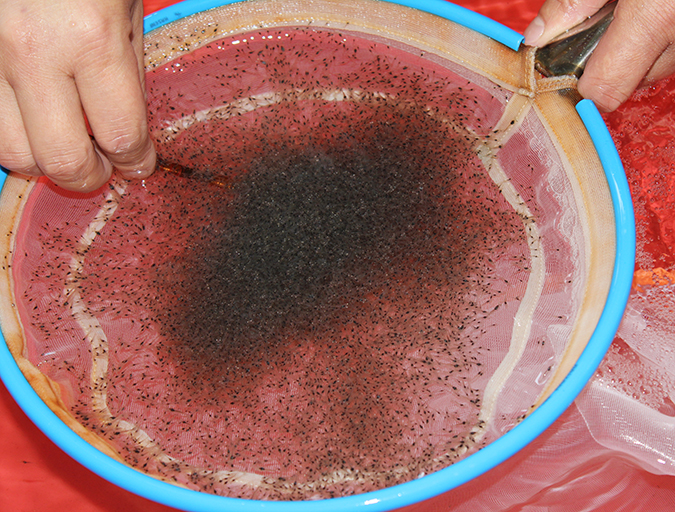
Health & Welfare
Acclimating shrimp postlarvae before pond stocking
Shrimp postlarvae acclimation before stocking into the various growout systems (ponds, raceways, tanks) is a critical – and often overlooked, sometimes taken for granted – step in the shrimp culture process. Various water quality parameters should be changed slowly so that the young shrimp have the time to gradually adapt to the new conditions.


